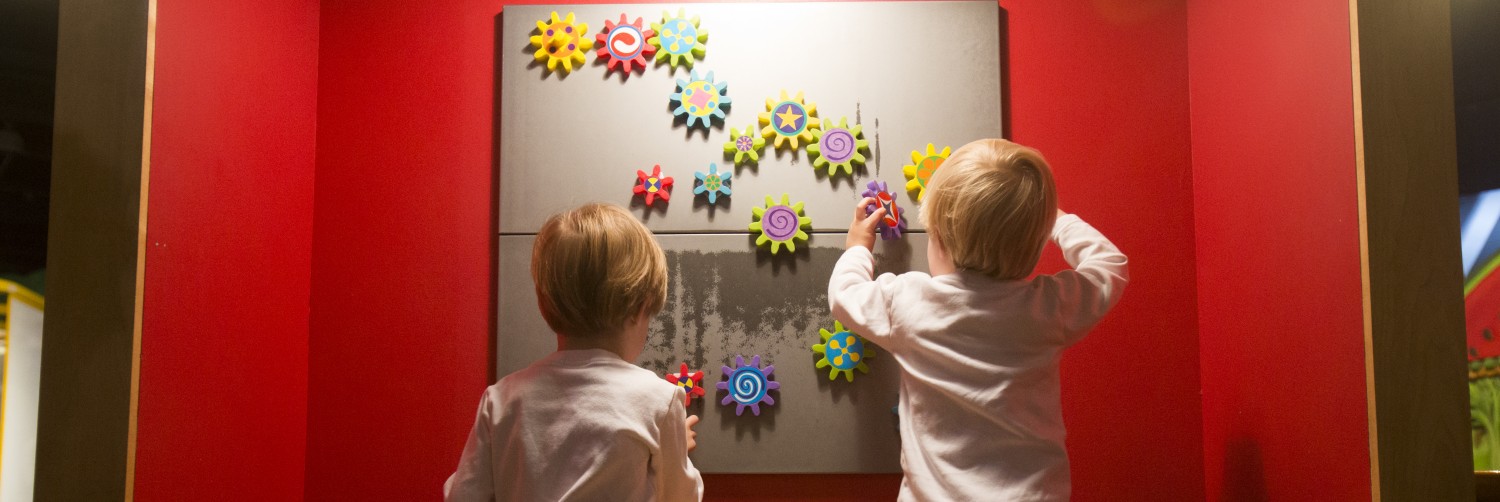Ice cream has been a favorite sweet treat of the world for as long as people can remember. And really longer than they can remember because ice cream dates back to the second century B.C. Roman emperors and other historical characters indulged in what would we would refer to today as a “snow cone” made with ice and flavoring, and later, a real version of ice cream hit Italy, England, and France in the 16th century. Marco Polo brought Italy a recipe similar to sherbet from his travels to eastern nations, Charles I regularly enjoyed his “cream ice” for dessert in England, and Catherine de Medici often indulged in the icy, cool Italian treat even in France while married to King Henry II.
A rich and delicious delicacy, the Europeans were sure to bring their ice cream recipes along when they sailed across the pond to the new land in the 1700s. Famous American founders like George Washington and Thomas Jefferson loved the cold dessert and even spent a great deal of money on it as it was an expensive indulgence back then. History records that George Washington spent $200 on ice cream during one especially hot summer. Additionally, Thomas Jefferson left behind his ice cream recipe for everyone to enjoy. It can be found here if you are looking for a fun summer project. Then, several decades later with the invention of the insulated ice houses and other manufacturing revolutions, the American public finally got to experience the delicious taste of cold, sweet ice cream for an affordable price.
From here, the ice cream industry continued to grow, but it took a particular boom during and after the Second World War. Officers in the military would use ice cream to reward and encourage their soldiers. At the conclusion of the war, America celebrated its victory with what seemed like one long ice cream party. Ice cream sales and consumption sky-rocketed across the country, and it became clear that the cool and refreshing treat was here to stay. New flavors were invented and experimented with, and ice cream was now sold everywhere.
Then in 1984, President Ronald Reagan declared July to be National Ice Cream Month and the third Sunday of July as National Ice Cream Day. Yes, there is now a holiday to recognize this special dessert. So Atlantans, rejoice! Because what a better excuse to indulge in your favorite flavor and not feel guilty! And Atlanta has a wonderful selection of homemade, native ice cream companies. Morelli’s and Jake’s are just two of the wonderful places to grab a scoop of your favorite flavor.
So, in honor of National Ice Cream Month and Day, the Children’s Museum will be celebrating by partnering with Blue Bell Ice Cream. On Sunday, July 20, children can come to the Museum, learn how to make ice cream, and then, of course, get to eat it too! Our Pinterest Page this month will also feature an Ice Cream Board full of fun recipes and things to do with the kids in July. It’s the perfect way to cool off this summer, so bring the kids to celebrate ice cream with Blue Bell and the Children’s Museum of Atlanta.


